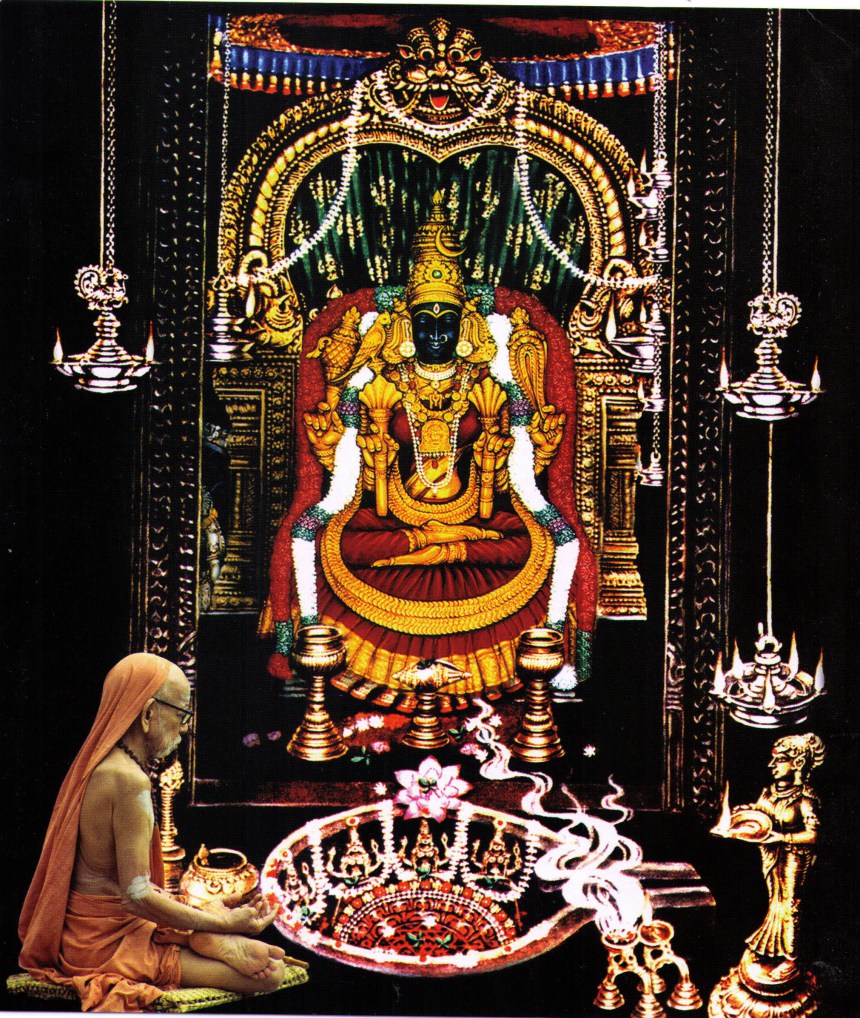If the Puranas are described as constituting an Upanga of the Vedas, the itihasas(the epics) are so highly thought of as to be placed on an equal footing with the Vedas. The Mahabharata is indeed called the fifth Veda ("pancamo Vedah"). Of the Ramayana it is said: "As the Supreme Being, who is so exalted as to be known by the Vedas, was born the son of Dasaratha, the Vedas themselves took birth as the child of Valmiki [in the form of the Ramayana]. "
Vedavedye pare pumsi.
Jate Dasarathatmaje
Vedah Pracetasadasit
Saksadramayanatmana
(As the son of Pracetas Valmiki is called Pracetas. )
The stories of the Ramayana and the Mahabharata are in the blood of our people, so to speak. Today not many read these epics, but forty or fifty years ago it was not so. If our people were then known in the rest of the world for their truthfulness and moral character, the most important reason for it was that they were steeped in the Ramayana and the Mahabharata. In the old days Tamil rajas made gifts of land to learned men to give year-round discourses on the Mahabharata in the temples. Until thirty or forty years ago people gathered in their hundreds to listen to the pusari tell stories from the Mahabharata through song to the accompaniment of his drum udukku. For common folks then the pusari's performance was both "cinema" and "drama". Cinema and drama have their own ill effects but not the art of the pusari. By listening constantly to stories from the Mahabharata people remained guileless, respecting such virtues as truthfullness and morality. The esteem in which the Mahabharata was held in the Tamil country may be known from the fact that the temple of the village deity was called "Draupadai Amman koyil".
The bigger Puranas contain a number of independent stories, each highlighting a particular dharma. In the itihasa or epic it is one story from beginning to end. In between there are episodes but these resolve round the main story or theme. In the Puranas, as mentioned above, each story speaks of a particular dharma, while in the itihasa the main or central story seeks to illustate all dharmas. For instance, "Hariscandra Upakhyana" illustrates the dharma of truthfulness alone; the story of Sravana speaks of filial affection; that of Nalayani of a wife's chastity and uncompromising loyalty to her husband; the story of Rantideva speaks of self-sacrifice and utter compassion. But in the Ramayana and the Mahabharata, based on the life of Rama and the Pandavas respectively, all dharmas are illustrated through the example of the different characters portrayed in them.

